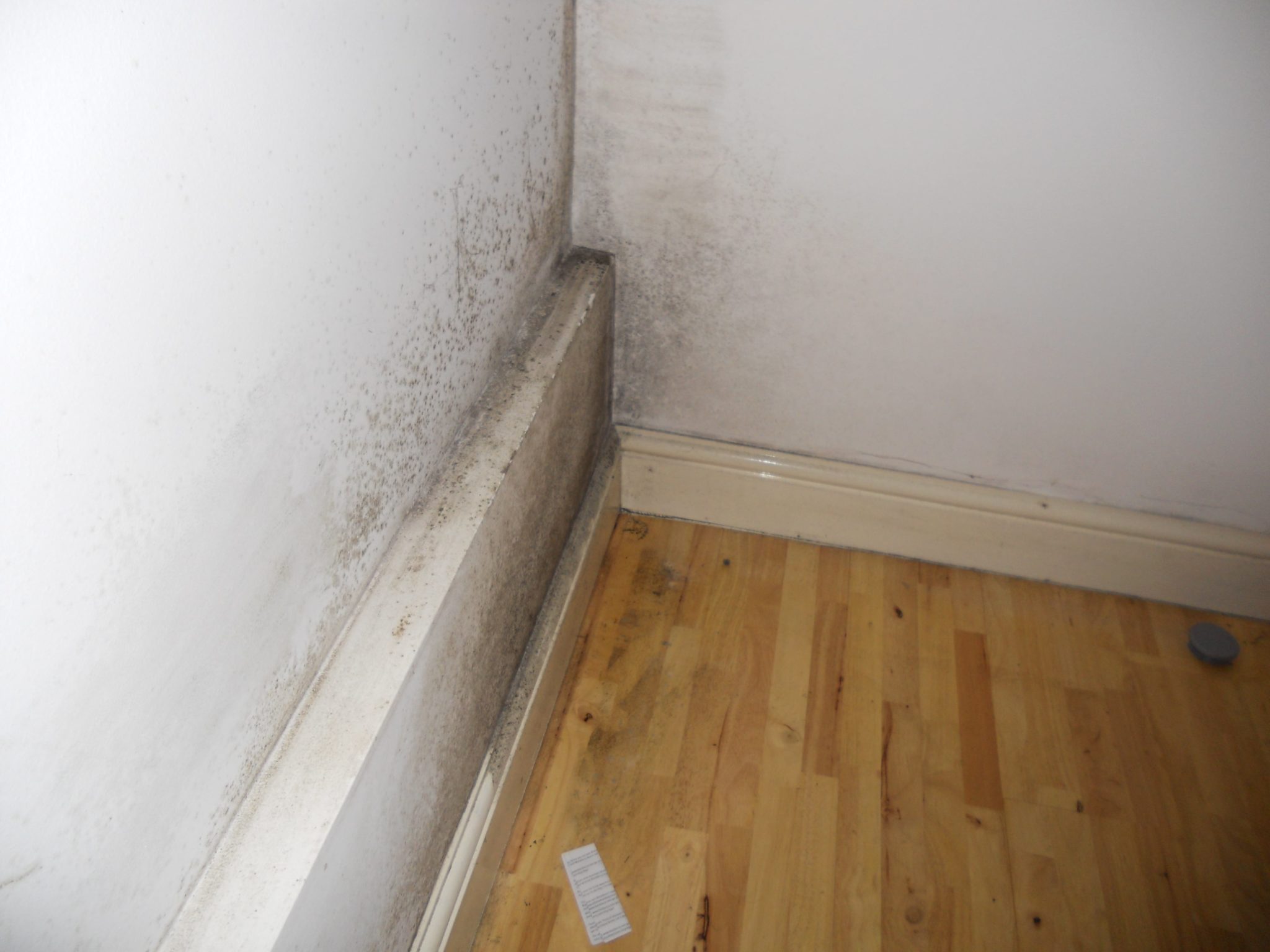Identifying the Source of the Leak

A wet patch on your bedroom ceiling is a sign of a water leak, which can lead to significant damage if left unaddressed. Identifying the source of the leak is crucial for effective repair and preventing further water damage.
Common Causes of Ceiling Leaks
The most common causes of wet patches on bedroom ceilings include plumbing leaks, roof leaks, and condensation.
- Plumbing Leaks: Leaky pipes, faucets, or appliances can cause water to seep through the ceiling. Common signs of a plumbing leak include dripping sounds, water stains, and a musty odor.
- Roof Leaks: Damaged shingles, missing flashing, or clogged gutters can allow rainwater to enter the attic and leak through the ceiling. Look for signs of water damage on the roof, such as missing shingles, cracked tiles, or pooling water.
- Condensation: Excess moisture in the air can condense on cold surfaces, such as the ceiling, causing water droplets to form. Condensation is more common in poorly ventilated areas, particularly during cold weather. Signs of condensation include dampness, mold growth, and a musty smell.
Visual Inspection to Identify the Source
A thorough visual inspection of the ceiling and surrounding areas can help pinpoint the source of the leak.
- Inspect the Ceiling: Carefully examine the wet patch on the ceiling. Look for any signs of water damage, such as discoloration, bulging, or cracking. If possible, try to determine the shape of the wet patch, as this can provide clues about the location of the leak.
- Check for Dripping Sounds: Listen carefully for any dripping sounds coming from the ceiling or walls. The location of the dripping sound may indicate the source of the leak.
- Examine the Walls: Look for any signs of water damage on the walls surrounding the wet patch, such as discoloration, peeling paint, or mold growth.
- Inspect the Attic: If the leak appears to be coming from the roof, access the attic and inspect the roof sheathing for signs of water damage.
- Check Plumbing Fixtures: Examine all plumbing fixtures in the room and surrounding areas, such as sinks, toilets, and showers, for leaks or signs of water damage.
- Look for Water Stains: Water stains on the ceiling or walls can indicate the path of the leak. The location of the stains can help you trace the source of the leak.
- Investigate the Exterior: If the leak seems to be coming from the roof, inspect the exterior of the house for any signs of damage, such as missing shingles, cracked tiles, or clogged gutters.
Assessing the Severity of the Leak

A wet patch on your bedroom ceiling can be a sign of a leak, and it’s crucial to assess the severity of the situation to determine the necessary course of action. The size of the wet patch, the extent of water damage, and the presence of mold are key factors in determining the severity of the leak.
Levels of Severity
The severity of a ceiling leak can be categorized into three levels:
- Minor: A small, localized wet patch with minimal water damage and no visible mold growth. This level usually indicates a minor leak that can be easily addressed with simple repairs.
- Moderate: A larger wet patch with visible water damage to the ceiling, possibly extending to the walls or flooring. Mold growth may be present, but it’s not widespread. This level indicates a more significant leak requiring professional attention for repairs and potential mold remediation.
- Severe: A large, saturated area on the ceiling with extensive water damage, potentially involving structural damage to the ceiling, walls, or flooring. Mold growth is likely widespread and requires immediate professional intervention for repairs, mold remediation, and potential structural reinforcement.
Potential Risks
Each level of severity presents different risks:
- Minor: The primary risk associated with a minor leak is the potential for further damage if left unaddressed. If the source of the leak is not identified and repaired, the wet patch can grow, leading to more significant water damage and potential mold growth.
- Moderate: Moderate leaks pose a greater risk due to the extent of water damage and potential mold growth. The presence of mold can lead to health hazards, such as respiratory problems, allergies, and even serious illnesses. The water damage can also cause structural damage, weakening the ceiling and potentially leading to collapse.
- Severe: Severe leaks present the most significant risks, including structural damage, health hazards, and property value depreciation. Extensive water damage can compromise the structural integrity of the ceiling and walls, potentially leading to collapse. Widespread mold growth can pose serious health risks and require extensive remediation. The damage caused by a severe leak can significantly impact the value of the property, making it difficult to sell or rent.
Recommended Actions
The recommended actions to take depend on the severity of the leak:
- Minor: For minor leaks, you can often address the issue yourself. Identify the source of the leak and make the necessary repairs. If the leak is coming from a plumbing fixture, tighten the connections or replace the faulty component. If the leak is coming from the roof, seal the leak with sealant or patching material.
- Moderate: For moderate leaks, it’s best to seek professional assistance. A plumber or contractor can assess the damage, identify the source of the leak, and make the necessary repairs. They may also recommend mold remediation if necessary.
- Severe: Severe leaks require immediate professional intervention. A structural engineer may be needed to assess the structural damage and recommend repairs. A contractor will be required to address the water damage, mold remediation, and structural reinforcement. You may also need to contact your insurance company to file a claim for the damages.
Addressing the Leak and Repairing Damage: Wet Patch On Bedroom Ceiling

Once the source of the leak has been identified and its severity assessed, the next step is to address the leak and repair any damage caused. The methods used to address the leak will vary depending on the source of the leak.
Plumbing Repairs, Wet patch on bedroom ceiling
Plumbing leaks are among the most common causes of wet patches on ceilings. They can occur in pipes, faucets, or even toilets. To address plumbing leaks, you will need to locate the source of the leak and then make the necessary repairs.
- Pipe Leaks: If the leak is coming from a pipe, you may need to replace the damaged section of pipe. This may require cutting out the damaged section of pipe and then soldering or gluing in a new section.
- Faucet Leaks: Faucet leaks are often caused by worn-out washers or O-rings. To repair a leaky faucet, you will need to disassemble the faucet and replace the worn-out parts.
- Toilet Leaks: Toilet leaks can be caused by a variety of factors, including a cracked tank, a worn-out flapper, or a leaking fill valve. To repair a leaky toilet, you will need to identify the source of the leak and then make the necessary repairs.
Wet patch on bedroom ceiling – When making plumbing repairs, it is important to shut off the water supply to the affected area. This will prevent further damage and make the repairs easier. It is also important to use the appropriate tools and materials for the repair.
Roof Repairs
Roof leaks are another common cause of wet patches on ceilings. They can be caused by damaged shingles, missing flashing, or even a cracked roof deck. To address roof leaks, you will need to access the roof and make the necessary repairs.
- Damaged Shingles: Damaged shingles can be replaced by removing the damaged shingle and then nailing a new shingle in its place.
- Missing Flashing: Missing flashing can be replaced by cutting a new piece of flashing to the correct size and then securing it in place with sealant and screws.
- Cracked Roof Deck: A cracked roof deck may need to be replaced. This will require removing the damaged section of the roof deck and then installing a new section.
When making roof repairs, it is important to take safety precautions. This includes using a ladder to access the roof and wearing appropriate safety gear, such as a hard hat and safety harness.
Ventilation Improvements
Poor ventilation can also contribute to wet patches on ceilings, especially in bathrooms and kitchens. This is because moisture from showers, cooking, and other activities can build up in the air and condense on cold surfaces, such as ceilings. To address poor ventilation, you may need to improve the existing ventilation system or install a new one.
- Bathroom Ventilation: Install a bathroom fan that vents to the outside. This will help to remove moisture from the air and prevent condensation from forming on the ceiling.
- Kitchen Ventilation: Install a range hood over the stove to capture grease and moisture from cooking. This will help to keep the kitchen air clean and prevent condensation from forming on the ceiling.
When making ventilation improvements, it is important to ensure that the new ventilation system is properly installed and vented to the outside.
Drying and Cleaning the Affected Area
Once the leak has been addressed, you will need to dry and clean the affected area. This is important to prevent mold and mildew growth.
- Drying: Use fans and dehumidifiers to dry the affected area. This will help to remove excess moisture from the air and prevent mold growth.
- Cleaning: Once the area is dry, you can clean it with a solution of bleach and water. This will kill any mold or mildew spores that may be present.
If you notice any signs of mold or mildew, it is important to have the affected area professionally cleaned. This will help to prevent health problems that can be caused by mold exposure.
